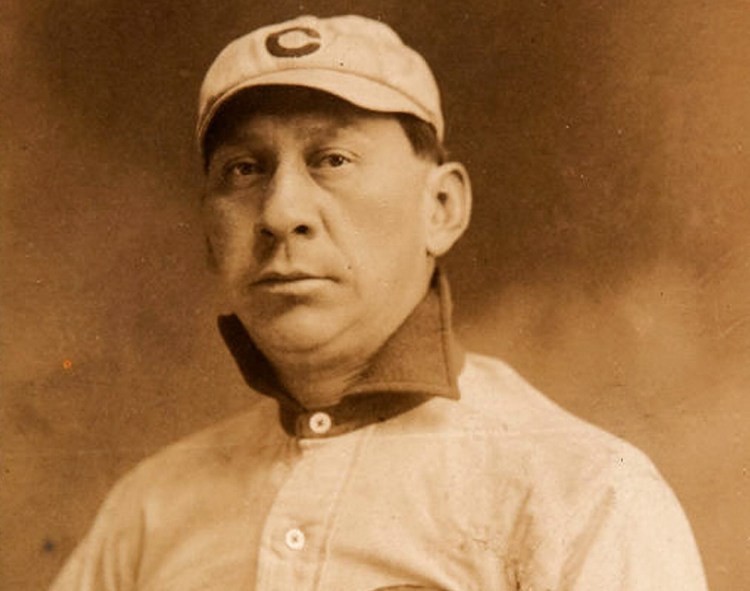Bangor-area residents of a certain age, particularly those with some relationship to hockey, know Sockalexis as the name of what was for a time one of the few indoor rinks in the region. They even may know a little about who it was partially named for.
But most Mainers remain in the dark about the life of Louis Sockalexis, a native of the Penoboscot Nation reservation on Indian Island who played professional baseball 50 years before Jackie Robinson, and only 21 years after Little Big Horn.
The rink is gone now – it’s a bingo hall with the same name – and that and a nearby headstone are all that’s left recognizing one of Maine’s greatest athletes. Something more is needed to mark the accomplishments of a man whose life intersected with so many of the tumultuous forces in turn-of-the-century America.
That’s why we support an effort by a group called the Friends of Sockalexis to build a statue somewhere in Maine, perhaps along the Penobscot River in Bangor.
Sockalexis was born in 1873. In his teens, he made a name for himself playing in the town summer leagues up and down the state, then earned a spot on the baseball team at Holy Cross. In two seasons in Worcester, he batted .444 and .436, respectively, and he was eventually named to the school’s athletic hall of fame.
He later caught on with the professional Cleveland Spiders, where his presence in spring training led sportswriters to dub the team the “Indians,” more out of racist curiosity than as a term of endearment.
Sockalexis was for the first few months one of the best players in the league, a remarkable athlete who excelled in all phases of the game. Wherever he went, Sockalexis drew spectators, who in many ways treated him like the mascot he inspired – while fans wondered at his exploits on the field, they also called him a “savage” and jeered him mercilessly, a preview of what Robinson would endure in the 1950s.
“He is hooted and bawled at by the thimble-brained brigade on the bleachers,” The Sporting Life wrote at the time. “Despite all this handicap, the red man has played good, steady ball and has been a factor in nearly every victory thus far.”
Sockalexis’ alcoholism got the best of him, though, and his career petered out after playing 94 professional games over three years. He ended his baseball career in Maine playing again for the touring teams around Bangor, then died at a logging camp in 1913.
Two years later, when the Cleveland team was looking for a new nickname, it went with the one many around the league still used informally – the Indians. They then adopted a racist caricature of a logo, Chief Wahoo, which will be dropped in 2019 after years of complaints.
Sockalexis, though, has been largely forgotten, except by the Penobscots and a few others who have carried his torch, including Ed Rice, an author whose has for years told Sockalexis’ story to anyone who would listen.
As Rice points out, Sockalexis wasn’t even mentioned among Maine’s 50 greatest athletes in a piece by Sports Illustrated, just one indication that his legacy isn’t what it should be.
A statue could help change that by honoring the man in a prominent place, and giving generations of Mainers an opportunity to learn his story.
Send questions/comments to the editors.



Success. Please wait for the page to reload. If the page does not reload within 5 seconds, please refresh the page.
Enter your email and password to access comments.
Hi, to comment on stories you must . This profile is in addition to your subscription and website login.
Already have a commenting profile? .
Invalid username/password.
Please check your email to confirm and complete your registration.
Only subscribers are eligible to post comments. Please subscribe or login first for digital access. Here’s why.
Use the form below to reset your password. When you've submitted your account email, we will send an email with a reset code.